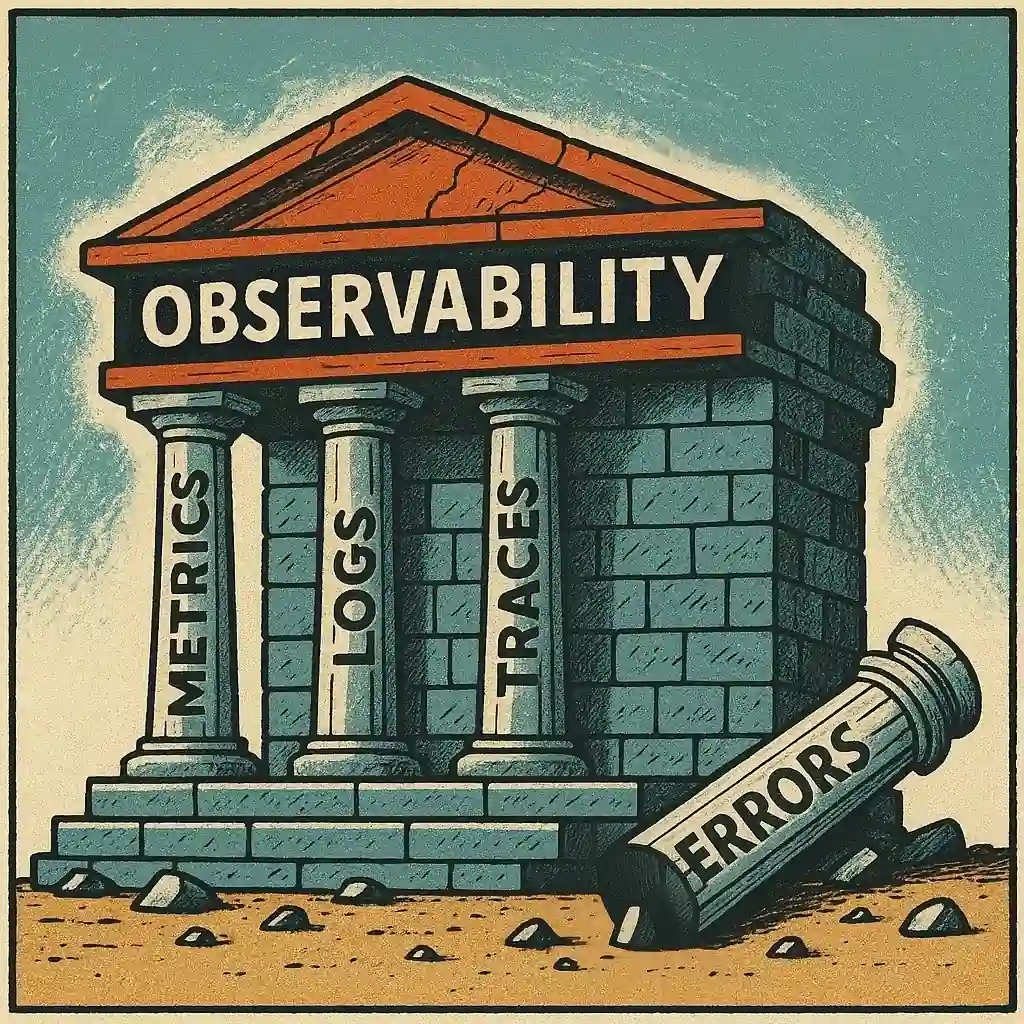Destination: Jupiter

Non-Fiction
Destination: Jupiter
by Andrew Liptak
On the evening of January 7th, 1610, Italian astronomer Galileo Galilei pointed his telescope to the sky and began viewing the planet Jupiter. He observed a trio of lights near the planet, and in the nights that followed, tracked their progress as they moved and vanished.
Galileo realized that the objects were orbiting Jupiter, and they were behaving like Earth’s moon did around itself. He had discovered four of Jupiter’s moons: Callisto, Europa, Ganymede, and Io, and in doing so, he forever changed how humanity would understand the nature of our solar system and our place in the universe.
In the centuries since, writers have imagined how we might eventually visit and live around Jupiter, while new technologies have brought us closer than ever to its swirling atmosphere and the crowd of strange moons that orbit around it.
After our sun formed around 4.5 billion years ago, the gas particles that were left over formed an accretion disc that began to snowball into larger objects. As they grew, these growing masses began to hoover up the dust and gasses in the accretion disk from which it formed. The first such planet was Jupiter, and its presence would have a major effect on the development of the rest of the solar system as it captured material and disturbed the orbits of the other, newly forming planets that followed it.
When we began looking to the skies, billions of years later, they eventually recognized that our neighboring planets were different: wandering stars that didn’t behave like the others in the background. Ancient Babylonians made countless observations of the movements of the planets starting in the seventh and eighth centuries BCE, helping them develop sophisticated calculations that helped them understand the cyclical nature of the year and seasons.
Across the world, Chinese astronomers Gan De and Shi Shen made their own detailed observations of the solar system, making some of the first observations of Jupiter in 4 BCE, including a possible first observation of one of the planet’s moons. The ancient Greek and Roman civilizations were also familiar with the planets, naming the largest Zeus and Jupiter, monikers that mirrored the most powerful of deities in their respective pantheon of gods.
While some ancient astronomers and mathematicians theorized that Earth and the other planets orbited our sun, it wasn’t until 1543 that Polish mathematician Nicolaus Copernicus upended conventional thinking. He proposed a new, heliocentric model of the solar system, which German astronomer Johannes Kepler expanded upon in 1609, presenting a new model that introduced his laws of planetary motion. In 1610, Galileo’s observations of Jupiter’s four moons (followed the next day by German astronomer Simon Marius) provided further evidence that the heliocentric models of the solar system championed by Copernicus and Kepler’s views of the solar system were accurate.
Marius gave the moons their names, and in the years that followed, other astronomers turned their gaze toward Jupiter. In 1639, Italian astronomer Francesco Fontana made detailed observations of the planet, describing the vibrant bands in its atmosphere, while a couple of decades later, another Italian astronomer named Giovanni Cassini described spots on the planet’s surface. Four years later, English scientist Robert Hooke observed Jupiter’s Great Red Spot.
As the scientific revolution crested, authors and artists began to expand their imaginations to these new planets. One of the earliest works that featured the planet came in 1752 when French satirist Voltaire published Micromégas, a novella about an alien from Sirius who’s banished from his home and decides to visit our solar system, first arriving at Saturn and befriending its inhabitants, before moving on to Jupiter and its moons, Mars, and Earth.
By the late 1800s, science fiction began to coalesce as a distinct body of literature that drew on the scientific knowledge of the day. Authors such as Jules Verne, H. G. Wells, and many others had begun incorporating the latest scientific discoveries and theories into their works—often called scientific romances, and by the nineteenth century, plenty of other authors had begun to imagine life out in the solar system, often using Jupiter as a destination for the types of adventure dramas that were popular in the Victorian era: bold explorers heading off to visit the untamed wilderness.
In 1886, British author W. S. Lach-Szyrma wrote Aleriel, or A Voyage to Other Worlds, a story that follows an adventurer as he travels to the various planets of the solar system. In his preface, Lach-Szyrma outlines his understanding of the nature of the planets, guided by the observations that scientists at the time were making, and folded those discoveries into his story: “The orb of Jupiter was evidently wrapt in clouds—long lines and belts, and broken spaces here and there, through the masses of mist, in which we hoped to see the planet himself.” His characters eventually pass through the clouds and crash-land into a vast ocean, imagining that the planet was in a primitive, early state of existence, not yet becoming a solid.
Works such as A Journey in Other Worlds (1894) byJohn Jacob Astor, To Jupiter via Hell (published anonymously in 1908), and A Honeymoon in Space (1900) by George Griffith also played with this idea.
In Griffith’s novel, he follows a newlywed couple as they visit the Moon, Mars, and Venus before stopping at Jupiter, in which his narrator says “ . . . no one has the remotest notion of what there is behind the clouds or whatever they are which form those bands . . . my humble opinion is that if we’re able to go through the clouds without getting the Astronef red-hot we shall find that Jupiter is in the same state as the Earth was a good many million years ago.”
As the Encyclopedia of Science Fictionpoints out, “As astronomical discoveries were popularized, however, the credibility of an Earthlike Jupiter waned rapidly,” and that soon, authors were incorporating the latest discoveries. Fortunately, if there wasn’t a hidden world under the clouds, Jupiter boasted plenty of other places to visit.
During this time, astronomers continued to turn their telescopes toward Jupiter. In September 1892, American astronomer Edward Emerson Barnard discovered a new body orbiting Jupiter, Amalthea. It was the first new moon to be discovered after Galileo’s discovery nearly three centuries prior, and it was the last moon to be discovered via an optical telescope.
As the modern era of science fiction began to emerge in the early twentieth century through pulp magazines, Jupiter and its moons were an attractive destination for plenty of authors: Stanley G. Weinbaum visited Io in 1935’s “The Mad Moon,” and Europa in 1936’s “Redemption Carin,” while Frank Belknap Long published “Red Storm on Jupiter” the same year.
During his tenure at Astounding Science Fiction, editor John W. Campbell Jr. pushed his authors to incorporate some level of scientific realism when using the planet, eventually publishing “Not Final!” by Isaac Asimov in 1941 (and rejecting another one Ganymede, “Victory Unintentional,” eventually published in 1942), while Clifford D. Simak recognized that Jupiter’s harsh environment wouldn’t be suitable for humans, visiting the planet in 1940’s “Clerical Error” and again in 1944’s “Desertion.”
Others would follow well into the 1950s and 1960s: Arthur C. Clarke visited Amalthea in 1953’s “Jupiter Five,” as did Soviet authors Arkady and Boris Strugatsky in their 1960 story “The Way to Amalthea.” In 1956, Alfred Bester used Jupiter as a notable location in his acclaimed novel The Stars My Destination as he takes his characters through the solar system.
Science fiction’s “Golden Age” coincided with a period of new scholarship and interest in space travel. Following the end of the Second World War, the United States and the Soviet Union embarked on a dangerous arms race that supercharged interest in astronomy and space travel: the space race. In their efforts to find new ways to deliver nuclear payloads to one another, engineers and scientists utilized the advances in rocket technology to bring satellites and men into orbit.
Science fiction authors were paying attention to the scientific advances of the era, and in some cases, made their own contributions. In his 1952 rework of the story “Solar Plexus,” James Blish coined the term “gas giant” to broadly describe planets such as Jupiter, Saturn, Uranus, and Neptune.
Perhaps the most famous use of Jupiter came in 1968 with Stanley Kubrick’s landmark film 2001: A Space Odyssey. The film, cowritten by Kubrick and Arthur C. Clarke, was loosely based on some of Clarke’s short stories and follows an expedition to Jupiter, during which the astronauts discover they’re to investigate a radio signal that was sent to the planet after an alien monolith was uncovered on the Moon.
In 1972, the last astronaut left the Moon: the cost and other national priorities brought the Apollo program to an end, but NASA’s scientific efforts continued. While the lunar landings captured much of the public’s attention, planetary scientists had long been working on plans to send probes to the outer solar system. In 1964, an aerospace engineer at NASA’s Jet Propulsion Laboratory named Gary Flandro was tasked with studying how the space agency could potentially send probes to the solar system’s outer reaches. During his research, he discovered a once in a lifetime opportunity was approaching: Jupiter, Saturn, Uranus, and Neptune would align with one another, allowing for a spacecraft to use their respective gravities to zip through the solar system in just a decade.
NASA began to put together a program to take advantage of the alignment, “The Grand Tour,” with two dedicated probes that would visit the planets to take photographs and make other observations. It was eventually canceled and replaced by the Voyager program, which would launch in 1977. While NASA began work on that initiative, it set up a pair of probes through its existing Pioneer program. It launched Pioneers 10 and 11 in March 1972 and April 1973, respectively, to head out to study Mars, the asteroid belt, Jupiter, and Saturn.
Pioneer 10 spotted Jupiter on November 6th, 1973, and over the duration of its mission, it took hundreds of photographs and measurements of the planet, the first such probe to reach the gas giant. Pioneer 11 followed, passing by the planet between November and December 1974, taking detailed images of the planet’s atmosphere, Great Red Spot, and the moon Callisto, before heading out to Saturn.
Just a couple of years later, NASA launched Voyager 1 and Voyager 2 for the outer planets. These probes carried with them better cameras and sensors, allowing them to take higher resolution pictures of the planet when they arrived in 1979, as well as detailed measurements of its magnetic fields, radiation belts, and moons. Amongst its discoveries were volcanic eruptions on Io, the presence of water on Europa, detailed observations of Jupiter’s atmosphere movements, the presence of its rings, and several new moons. These observations were the closest look we had yet taken in of the planet, showing a world that was stranger and more vibrant than we could have imagined.
The discoveries that both Voyager probes made of Jupiter and the other outer planets transformed our understanding of the solar system. They found that the planet and its moons were home to dynamic planetary and atmospheric systems, and that in the case of Callisto, Europa, and Ganymede, they might harbor vast, subsurface oceans—which could be the best places to look for life elsewhere in the solar system.
But while we learned much from the Voyager probes and their successors (Galileo [1995], Ulysses [1992, 2003/2004], and Cassini [2000]) the idea of life existing somewhere on Jupiter was hard to resist: Ben Bova’s 2000 novel Jupiter follows an astrophysicist who is sent to the planet to spy on a religious order that might have discovered a new species living in oceans under Jupiter’s atmosphere, while Timothy Zahn’s 2002 novel Manta’s Gift plays with similar ideas: about a character whose mind is implanted in the body of an alien lifeform found flying in the planet’s atmosphere.
But in other instances, scientific realism stuck, and these scientific discoveries percolated into the pages of science fiction stories. Jupiter’s large size and numerous small moons can often be found serving neatly as another home for humanity once it’s adapted to the harsh conditions. Charles Sheffield set his 1992 novel Cold as Ice on and in Europa’s oceans in the aftermath of a war that devastated the solar system, while Paul McAuley did something similar in his 2008 novel The Quiet War, with the survivors of an interplanetary war settling on the various moons of Jupiter and Saturn.
Similarly, authors Daniel Abraham and Ty Franck, writing as James S.A. Corey, utilized Jupiter and its various moons throughout their Expanse series, describing colonies and settlements that were populated by the outermost inhabitants of the solar system where they could take advantage of the gravity and surface area to grow crops and safely raise their children in domed or subterranean cities.
In other instances, the discoveries made about Jupiter by NASA’s various probes have helped to inform authors even if they didn’t set their stories there. In an interview published in Clarkesworld Magazine in 2014, author James L. Cambias noted that the discoveries and theories around Europa played a direct role in how he conceived of an alien world in his debut novel A Darkling Sea: “For thematic reasons, Ilmatar had to be a world like Europa, with a shell of ice forever sealing off its inhabitants from the larger universe.”
We’re not yet done with Jupiter. In 2011, NASA launched Juno, a spacecraft designed to study the gas giant as part of its New Frontiers program. It arrived in 2016 where it took up station and began to take new measurements of the planet’s magnetosphere, gravitational field, composition, and more, all with the goal of finding clues about how it formed and sending back astonishing new images of its atmosphere. In April 2023, the European Space Agency launched Juice (Jupiter Icy Moon Explorer), which will pay particularly close attention to Ganymede, Callisto, and Europa when it arrives in 2031. Europa will come under even closer scrutiny in 2030 when NASA’s Europa Clipper mission arrives (launched in October 2024). Its goal will be to survey the moon to learn more about its composition and the oceans that lie under its icy crust and see if it harbors its own ecosystem.
These missions will provide the world with our closest look at our solar system’s biggest planet to date, and the discoveries they make will undoubtedly provide plenty of inspiration for the science fiction stories that will come in the years ahead.
Andrew Liptak
WebsiteAndrew Liptak is a writer and historian from Vermont. He is the author of the Cosplay: A History (Saga Press, 2022), and his work has appeared in Clarkesworld Magazine, io9, Kirkus Reviews, Lightspeed Magazine, Tor.com, VentureBeat, The Verge, and other publications. He currently works for the Vermont Historical Society and writes the SF/F newsletter Transfer Orbit.
- Andrew Liptakhttps://clarkesworldmagazine.com/author/andrew-liptak/Destination Mercury by Andrew Liptak
- Andrew Liptakhttps://clarkesworldmagazine.com/author/andrew-liptak/Wagon Train to the Arctic by Andrew Liptak
- Andrew Liptakhttps://clarkesworldmagazine.com/author/andrew-liptak/Destination: Luna by Andrew Liptak
- Andrew Liptakhttps://clarkesworldmagazine.com/author/andrew-liptak/Destination: Venus by Andrew Liptak
- Andrew Liptakhttps://clarkesworldmagazine.com/author/andrew-liptak/Destination: Mars by Andrew Liptak
What's Your Reaction?
 Like
0
Like
0
 Dislike
0
Dislike
0
 Love
0
Love
0
 Funny
0
Funny
0
 Angry
0
Angry
0
 Sad
0
Sad
0
 Wow
0
Wow
0






































